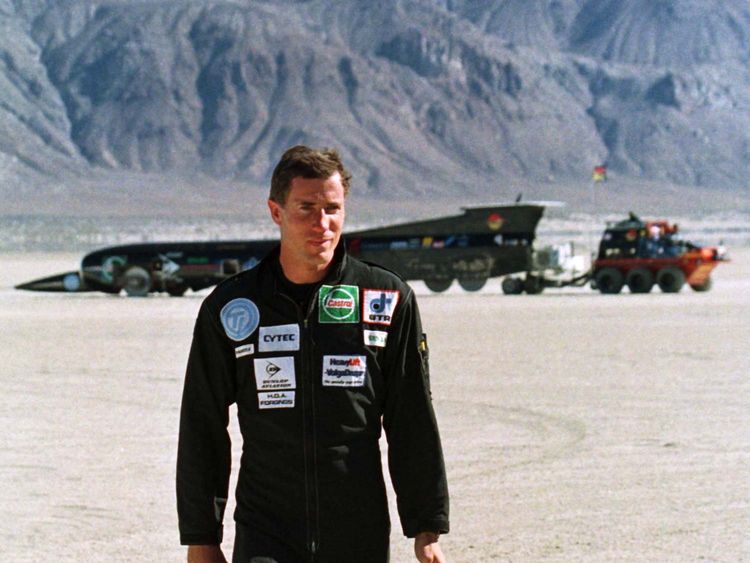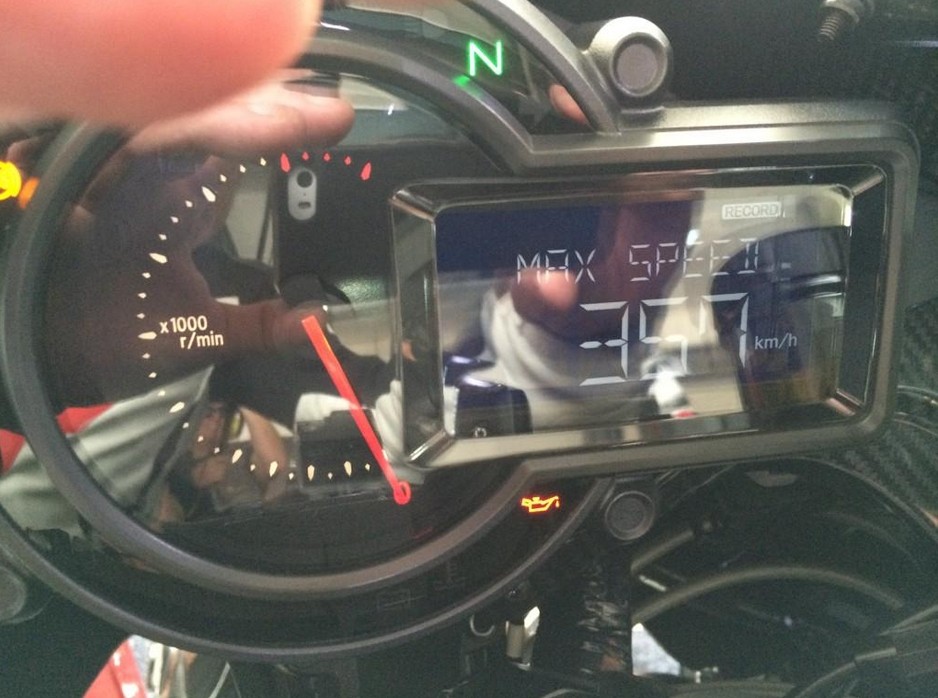
He noticed that the eclipses appeared to lag the most when Jupiter and Earth were moving away from one another, showed up ahead of time when the planets were approaching and occurred on schedule when the planets were at their closest or farthest points. Over time, Rømer observed that Io's eclipses often differed from his calculations. To create an astronomical clock, he recorded the precise timing of the eclipses of Jupiter's moon, Io, from Earth. In the 1670s, Danish astronomer Ole Rømer tried to create a reliable timetable for sailors at sea, and according to NASA (opens in new tab), accidentally came up with a new best estimate for the speed of light. He could only conclude that light traveled at least 10 times faster than sound. But Galileo's experimental distance wasn't far enough for his participants to record the speed of light. One uncovered his lantern when the other person saw the flash, he uncovered his too. In the mid 1600s, the Italian astronomer Galileo Galilei stood two people on hills less than a mile apart.

Aristotle was wrong, of course, but it would take hundreds of years for anyone to prove it.

Aristotle wrote a rebuttal of Empedocles' view in his own treatise, On Sense and the Sensible (opens in new tab), arguing that light, unlike sound and smell, must be instantaneous. Empedocles proposed that light, whatever it was made of, must travel and therefore, must have a rate of travel. (Image credit: NASA)Īs early as the 5th century, Greek philosophers like Empedocles and Aristotle disagreed on the nature of light speed. Related: Why the universe is all history How did we learn the speed of light?Īristotle, Empedocles, Galileo (illustrated here), Ole Rømer and countless other philosophers and physicists in history have contemplated the speed of light. Objects that are 10 billion light-years away from us appear to astronomers as they looked 10 billion years ago - relatively soon after the beginning of the universe - rather than how they appear today. This principle allows astronomers to see the universe as it looked after the Big Bang, which took place about 13.8 billion years ago. When astronomers study objects that are far away, they are seeing light that shows the objects as they existed at the time that light left them. And everything astronomers "see" in the distant universe is literally history. Stars and other objects beyond our solar system lie anywhere from a few light-years to a few billion light-years away. "To obtain an idea of the size of a light-year, take the circumference of the Earth (24,900 miles), lay it out in a straight line, multiply the length of the line by 7.5 (the corresponding distance is one light-second), then place 31.6 million similar lines end to end," NASA's Glenn Research Center says on its website (opens in new tab). Light from Alpha Centauri, which is the nearest star system to our own, requires roughly 4.3 years to get here, so Alpha Centauri is 4.3 light-years away. Sunlight takes about 8 minutes to reach our eyes, so the sun is about 8 light-minutes away. Light travels from the moon to our eyes in about 1 second, which means the moon is about 1 light-second away.

So far no one's been able to demonstrate a real warp drive, but that hasn't slowed our collective hurtle toward new stories, new inventions and new realms of physics. Through some crafty equations, it also helps define the kilogram and the temperature unit Kelvin.īut despite the speed of light's reputation as a universal constant, scientists and science fiction writers alike spend time contemplating faster-than-light travel. National Institute of Standards and Technology (opens in new tab), it is used to define international standard measurements like the meter (and by extension, the mile, the foot and the inch). The speed of light is so immutable that, according to the U.S. That means the speed of light functions as a speed limit on the whole universe. The theory states that as matter approaches the speed of light, the matter's mass becomes infinite.

According to physicist Albert Einstein's theory of special relativity, on which much of modern physics is based, nothing in the universe can travel faster than light.


 0 kommentar(er)
0 kommentar(er)
